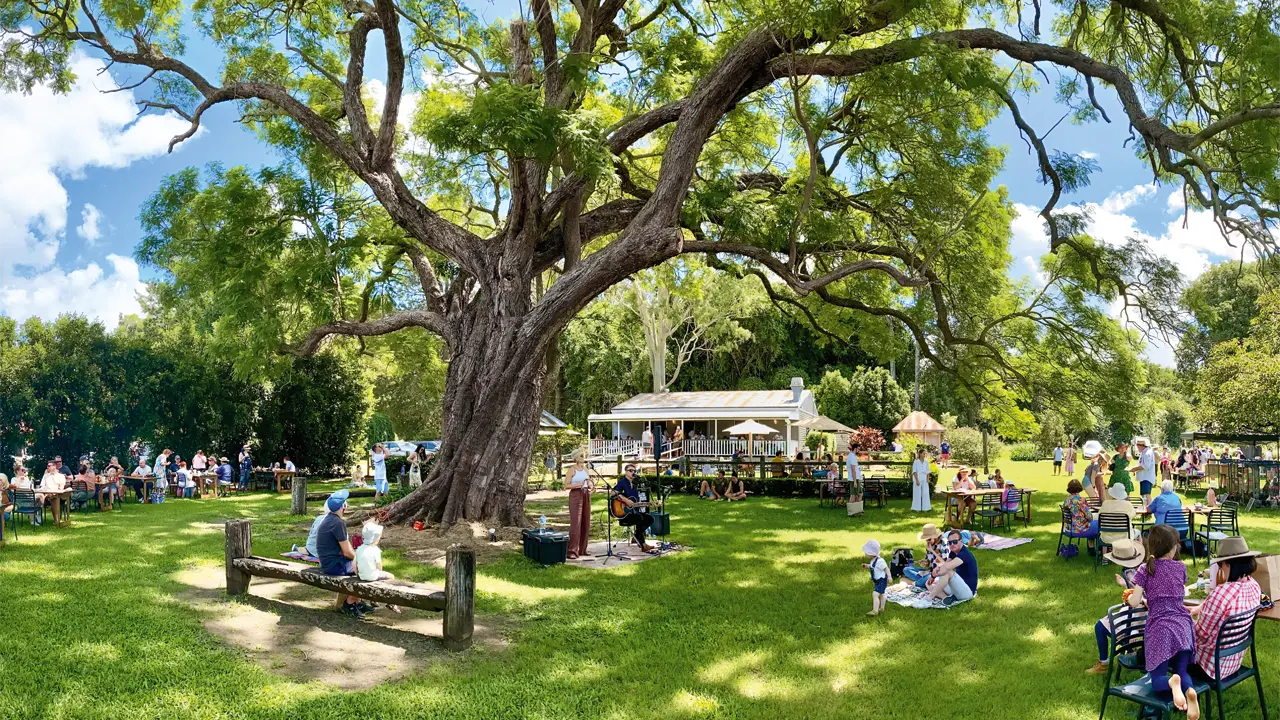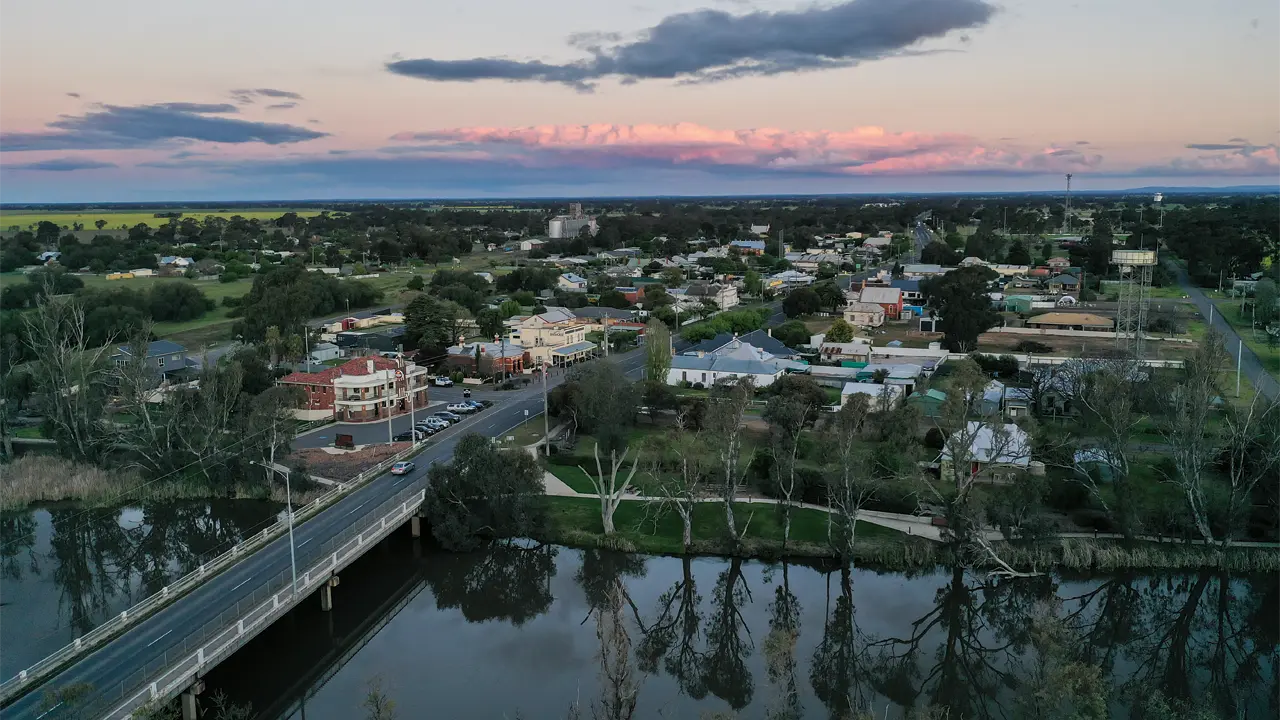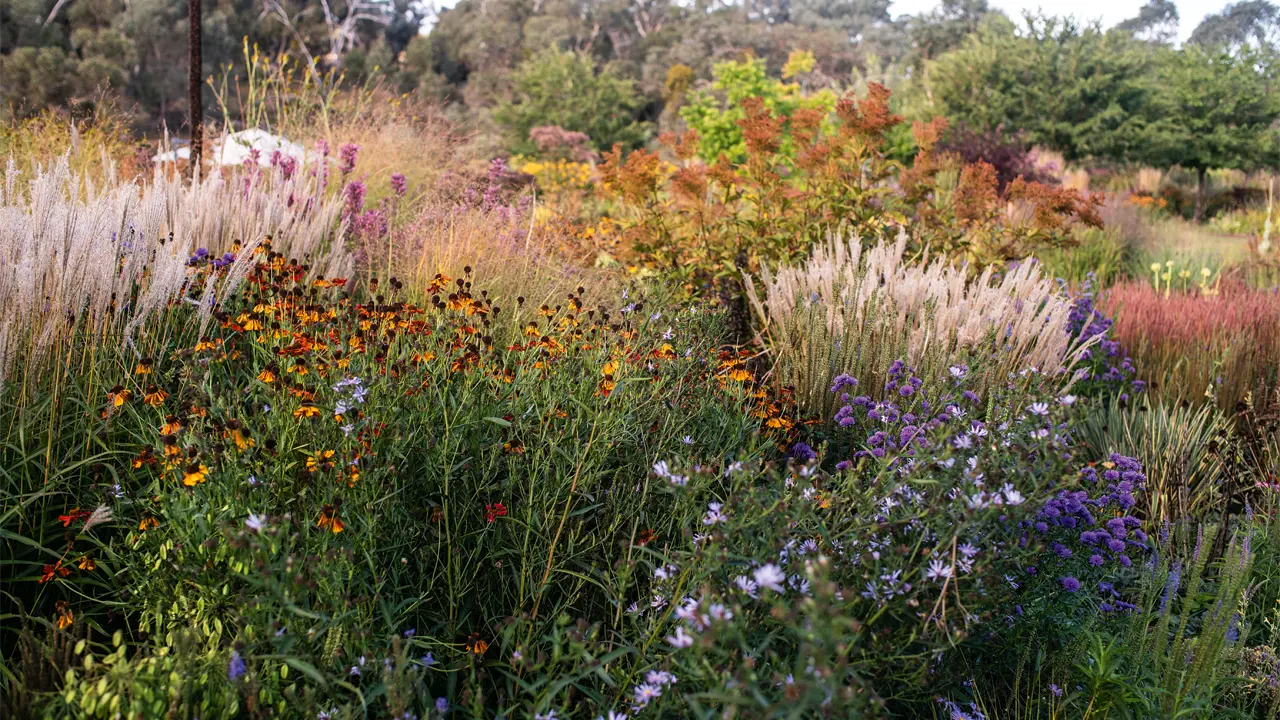As the cane toad continues its westward march across Australia, Kimberley Toad Busters is armed and ready, with education proving to be the most effective weapon.
Story By Fleur Bainger
It might have been 32 degrees Celsius but the hair stood up on the back of Ben Scott-Virtue’s neck the first time he saw a cane toad swimming diligently across Lake Argyle. Local fishermen had told tales of it happening, but the field officer had not confirmed it with his own eyes. The idea of an amphibian making its way from one side of the 30-kilometre-wide, then-flooded expanse to the other, under its own steam, seemed inconceivable.
“A lot of people thought the toads would use reed mats and blow across in the wind,” Ben says. “They even put radio transmitters on the mats to see where they blew and how they moved across. But that wasn’t how they were doing it.”
Any hope that Ben and his band of environmental warriors that toil under the banner of Kimberley Toad Busters could keep the marauding pest out of Western Australia’s World Heritage-listed Purnululu National Park – keeper of the Bungle Bungles – was dashed in that moment last year.
“It explains how the lake was colonised in such a short period of time,” says Ben, who toils seven days a week. “Just a few years after the first ones came through [in February 2009], every corner of Lake Argyle is covered.”
The realisation that cane toads can travel by water – not becoming waterlogged from porous skin, as most other amphibians would – hasn’t dulled the Kimberley Toad Busters’ fight against slowing the toad’s advance one iota. The organisation and its many volunteers have scooped up and euthanised 2.2 million toads since it began its night stalks in 1995. But the challenge is colossal; a single female toad can lay up to 70,000 eggs annually, stacking the odds well against native species.
In April, the poisonous pest finally reached the famous beehive domes of the Bungle Bungles. Introduced to Australia in 1935 to control beetles that were destroying Queensland’s sugar cane crops, the destructive species can move up to 1.8km per night. On its westward march across the top of Australia, it has wiped out swathes of native wildlife, which has zero resistance to the toad’s deadly toxin.
Ben says the impact on the national park will be severe. “There’s quite a plethora of reptile life out there that’s really going to feel the impact of the toad,” he says. “From species like blue-tongue lizards to our iconic frill-necked lizard, they’re going to disappear very quickly. The water and sand monitors, some of the larger Gould goannas and perenties out that way, they’re going to go quickly, too.”
This story excerpt is from Issue #83
Outback Magazine: June/July 2012









